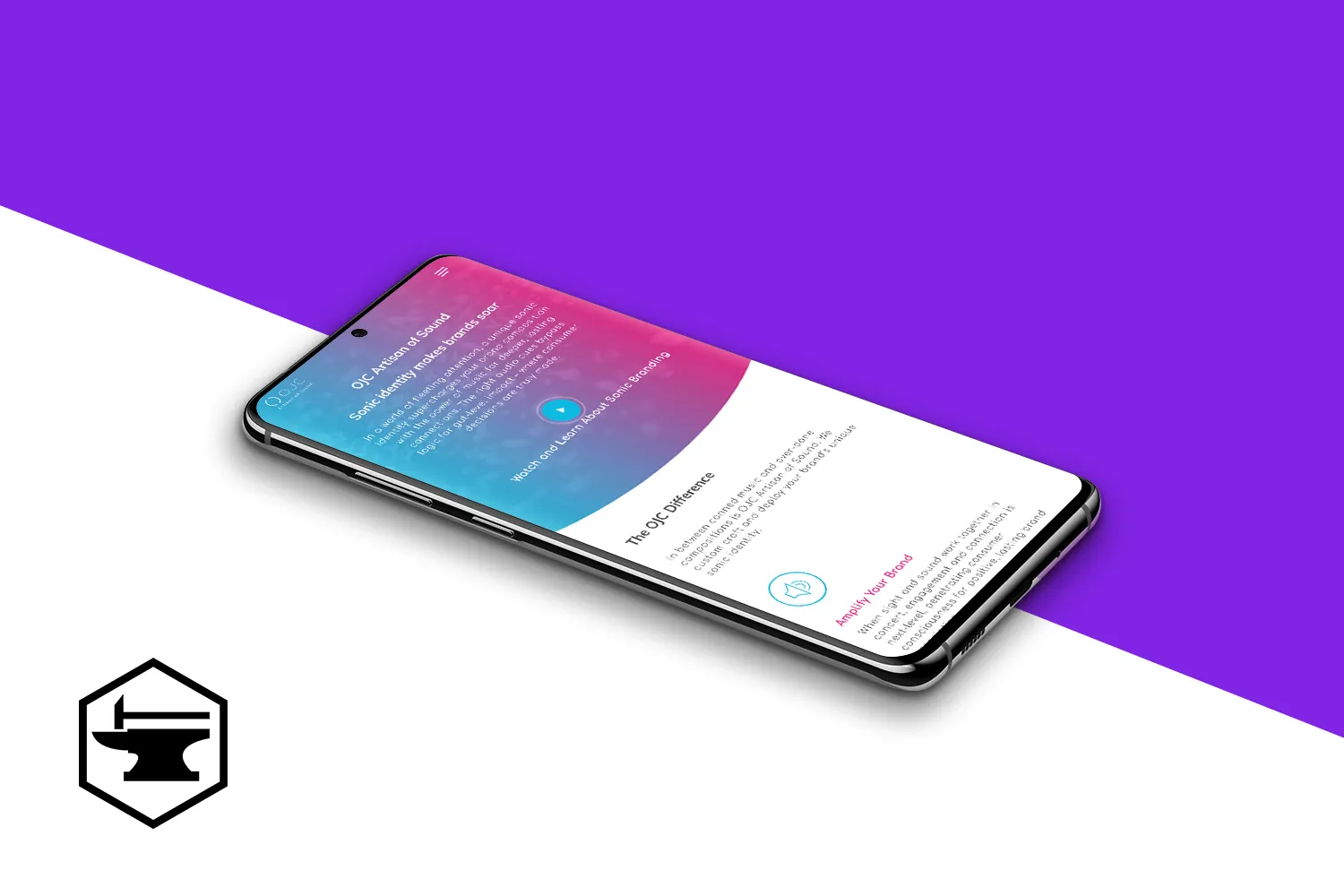Your website’s page speed is vitally important and could be killing your bottom line in more ways than one. First, it’s important to define how page speed is measured, and what criteria it uses to calculate a page speed score. This is very dependent on the tools chosen for measurement, but in most cases, folks are using GooglePageSpeed Insights (PSI).
When given a valid URL PSI will do the following: look up your domain and compare it to real-world chrome user-data harvested via their Chrome User Experience Report (CrUX). Next, PSI measures the time it takes for anything to show up on the user’s screen – this is called First Contentful Paint (FCP). From there it looks to see at what point most of your content has been loaded by way of Largest Contentful Paint (LCP). During this process, PSI also looks to see how much input delay a user faces when interacting with your site and the time it takes your site to process your request, this is called First Input Delay (FID), and if anything on your page shifts as the page loads cumulative Layout Shift (CLS).(1)
Understanding how site speeds measured is important to contextualize the impact it can have on your bottom line. The reality is that reports and scores are approximations of real-world user experience, but they’re close enough to reality that they’re impossible to ignore. This is especially true on mobile where mobile browsers typically lag behind desktop and laptop browsers due to slower/smaller processors, unique styling rules, and variable wifi/cellular connectivity (2).
Close attention to mobile speeds are crucial when you’re considering your bottom line because they’re pushing users away from your site, sometimes before they even see your site. The crux of Page Speed scores killing your bottom line is ultimately linked to your bounce rate. Bounce rate is defined by the percentage of users who “bounce” from your site after seeing a single page (32). Google has found that as your website load time increases from one second to 10 seconds the likelihood of your mobile site visitor bounce increase from 123%. (4)
Now, what exactly does this mean? It means that if you’re spending advertising dollars to funnel users to a mobile version of your website, and that website is loading slowly your more than bouncing your likelihood that those users will leave your site before they even saw the entire page, let alone the rest of your site. Extrapolate this further: what happens when 50% of your PPC ads are being clicked by mobile users? You’re potentially wasting money and could even be hurting the brand perception you have painstakingly built.
Diona Kidd, senior internet marketing consultant at Knowmad says it best: “Not only are users expecting to see results quickly, and become disappointed when they don’t, but page speed also immediately affects their professional opinion of you. If your page loads slowly, it places an obstacle in the path connecting your visitors to you.”
Ultimately, the impact is limitless, we could be specific, but the list is endless. This about it like this. If you own a brick-and-mortar location how will your customers feel if they have to walk down multiple side streets, through a long corridor, and then after minutes finally arrive at your store? How many will turn back before they even reach the front door? The answer is a lot, and on the web you can expect whatever your industries bounce rate to be to double due to poor scores. Whether you’re an eCommerce company, a service provider, or any profit-driven entity on the web you are losing an opportunity by hurting your site’s conversion rate.

